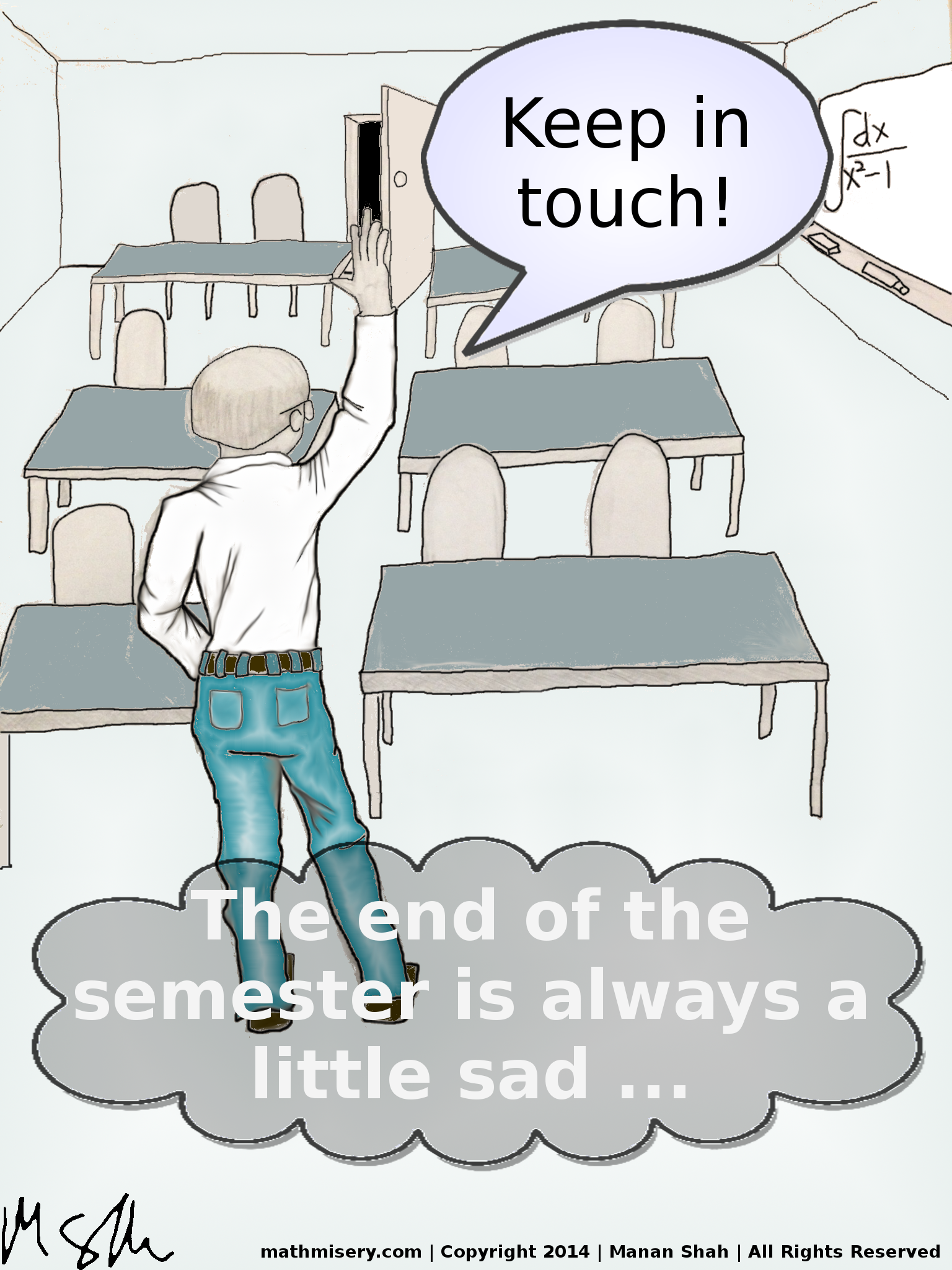Practice Finals
Here was a make-up final I gave once:
Project Version:
"I let you create your own assertions and give some mild guidance in the actual code.
You can change anything you want except the Cat struct and theCats array.
Your 6 goals are to take in 2500 cats and first convert them into a linked list,
then reverse that linked list, then create another array from that linked list,
then heapify that array in linear time, then insert those cats into a BST,
finally tell me the height of the tree when these exact cats are inserted in that exact order.
So it's not like a normal test but more like a really weird little work project."
Traditional Final
Pass around the data
Fix this mess:
Single Bit Set/Get
Use your bit tricks to set and fetch single bits of a number:
Ternary Search Tree
Use your intuition and experience to adjust to this new data structure:
Max Root BST
Take in a BST and do rotations to make the max value the root:
Phone TRIE
Adjust our Trie to look up contacts by their phone number:
Custom Priority Queues
Use the STL to prioritize students by three different traits:
Some real work: Red-Black Trees
We got a quick preview last time at 2-3-4 trees. These are binary search trees where each node also stores a
color. Every Red-Black tree satisfies these properties:
- Every node is either red or black
- The root is black
- NULL pointers are black (this is sometimes said "every leaf is black")
- If a node is red then both its children are black
- For each node, all simple paths from the node to descendant leaves contain the same number of black nodes.
The heights of red-black trees are at most \(2 \log{(n+1)}\) and they are BSTs so we immediately get:
We just have to worry about RB_insert and RB_delete.
Obligatory color images of red-black trees:

We also saw yesterday that Red Black Trees are really just Binary versions of 2-3-4 trees. Here is the same tree
re-visualized as a 2-3-4 tree:

Let's watch: Let's go play with this
Red-Black tree implementation.
Bust a tree up in this - Task 1: Last time we inserted into a 2-3-4 tree until it
burst. Look for nodes "splitting"… Now let's add the letters of the alphabet until the red-black tree has a "black height" of 4. What letter
busted it? (Which letter busted us to black-height 3?) (Also set the width to at least 1200.)
The basic algorithm is to insert the new node like normal, make it RED (because this doesn't increase the black
height of the tree… (better to ask forgiveness than beg permission)) then try to fix any problems that
made.
The big idea: the freshly painted red node is the one asking to join a 2-3-4 node. Red nodes
are never leaf nodes so leaves can only be created by splits. If the red node is accepted straight-up then we're
good. Otherwise we have to get that red node into the bigger node somehow.
Black Root Task 2: In my code snippet (not finished) why can we paint the root
node black without fear?
The small issues to work out: 1) Doing a full node split. 2) Accepting the pushed up node from
a split.
Recall what a "full" 2-3-4 node looks like in a Red-Black tree.

1) OK, so what does a 2-3-4 split do in a red black tree?

That looks like it was just a gentle re-coloring. Cool!
Uncle Task 3: So detecting that a split is needed (in code) require checking the
color of your uncle. What does that mean and how do you pull it off?
Case 1 Task 4: When the 4-node is expressed in Red-Black and F2 is a freshly
inserted red node how should you twiddle things to keep all of the rules satisfied? (Hint: just use the 2-3-4
analogy.)
2) How about the issue of "accepting" the new pushed up node?
There are three types of "virtual" 2-3-4 nodes that show up in a Red-Black tree, so we get 3 cases of headaches
to solve (and their mirror images). This image shows the two degree 3 nodes in both forms. On the left imagine F2
as a freshly colored red node asking for acceptance. On the right imagine F3 as a freshly colored red node asking
for acceptance.

Case 2 Task 5: In the left 3-node image, if F2 were asking for permission to join
A and B what would the final 2-3-4 node look like? How can you accomplish that with rotations?
Case 3 Task 6: In the right 3-node image, if F3 were asking for permission to join
B and A what would the final 2-3-4 node look like? How can you accomplish that with rotations?
OK, that's about it for concepts. The rest is just mirror images of what we've seen so far.







